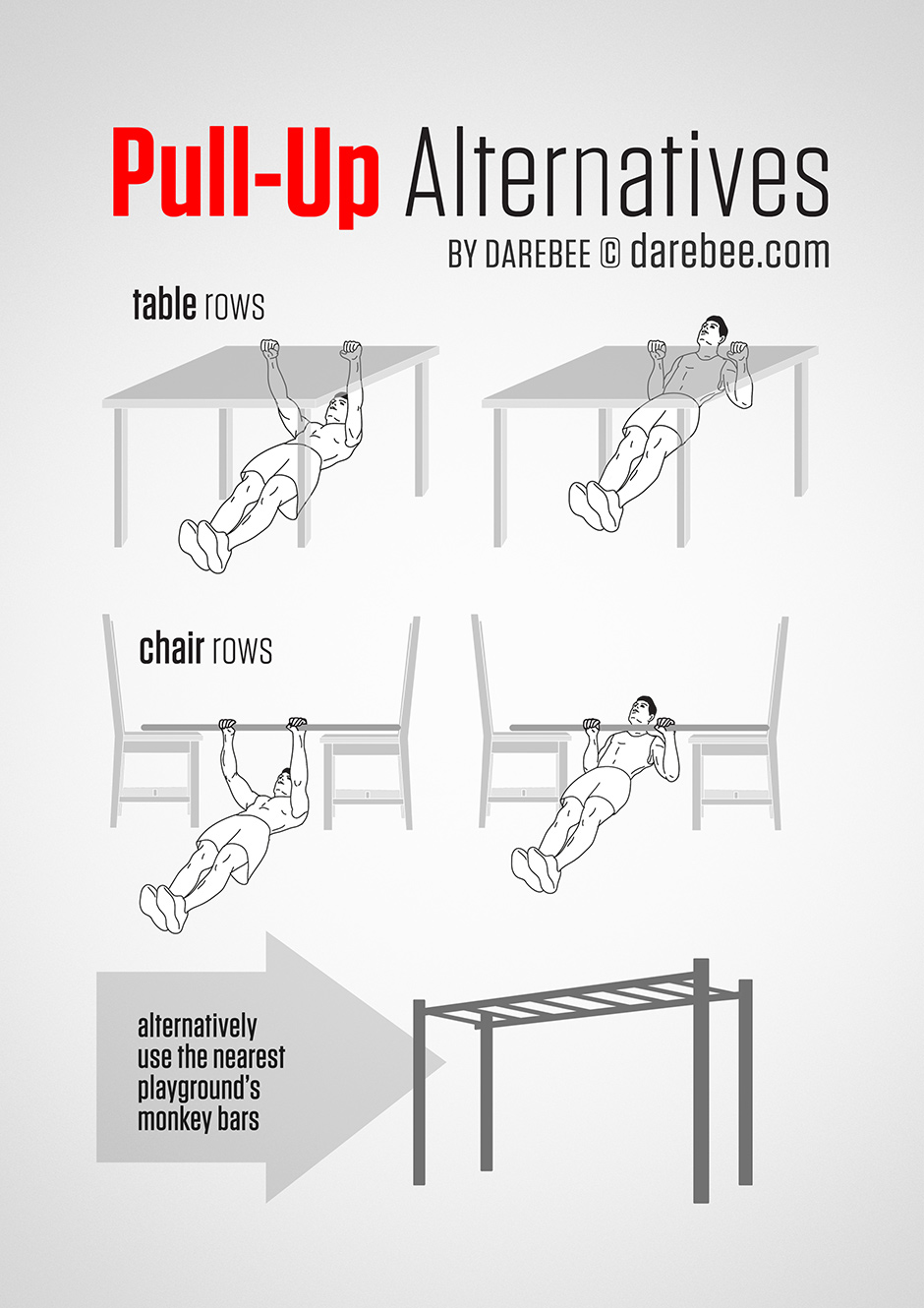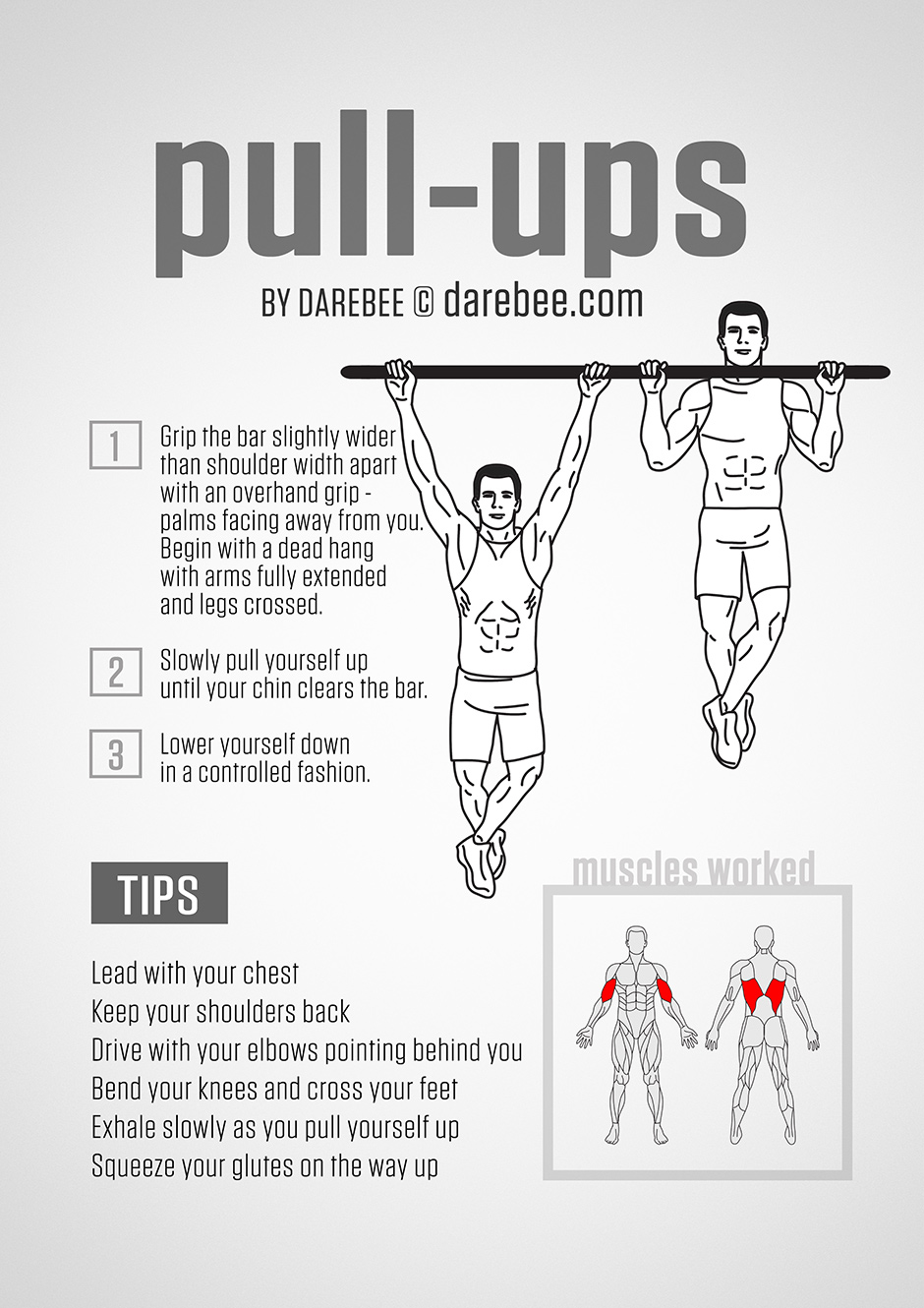Pull-ups are the ultimate form of taking control of your body in your own hands. Think about it: You are lifting your own body weight every time you pull yourself up, using nothing but your arms. This ‘simple’ exercise transforms you into something really special.
You see, every time you do a pull-up it’s a literal cliffhanger moment. Either you pull yourself up like any hero would or you drop down to certain ‘death’. True upper body strength and control is the ability to pull your entire body weight up… and then do it again, and again and again.
It’s not an easy thing to do, just like any other bodyweight exercise there is no weight control and there is no way for you to make it easier - you weigh as much a as you weigh, the gravity of planet Earth is still pulling you down so the only thing you can control here is your own strength. Pull-ups is the ultimate tag of war you win by pure stubbornness and persistence and eventually it gets easier - because you get stronger.
In the beginning it is always hard, though, pull-ups is the only bodyweight exercise that works primarily your back and biceps and, unless you substitute it with extra weight training these are muscle groups that are very difficult to target otherwise. If you are doing bodyweight training exclusively pull-ups are an absolute must.
You need to start, even if all you can do is one - just like with everything else, you can build up from there. The trick is to train yourself to do that one pull-up first. A body that can pull its entire body weight up, once, is capable of changing and getting stronger to do it again.
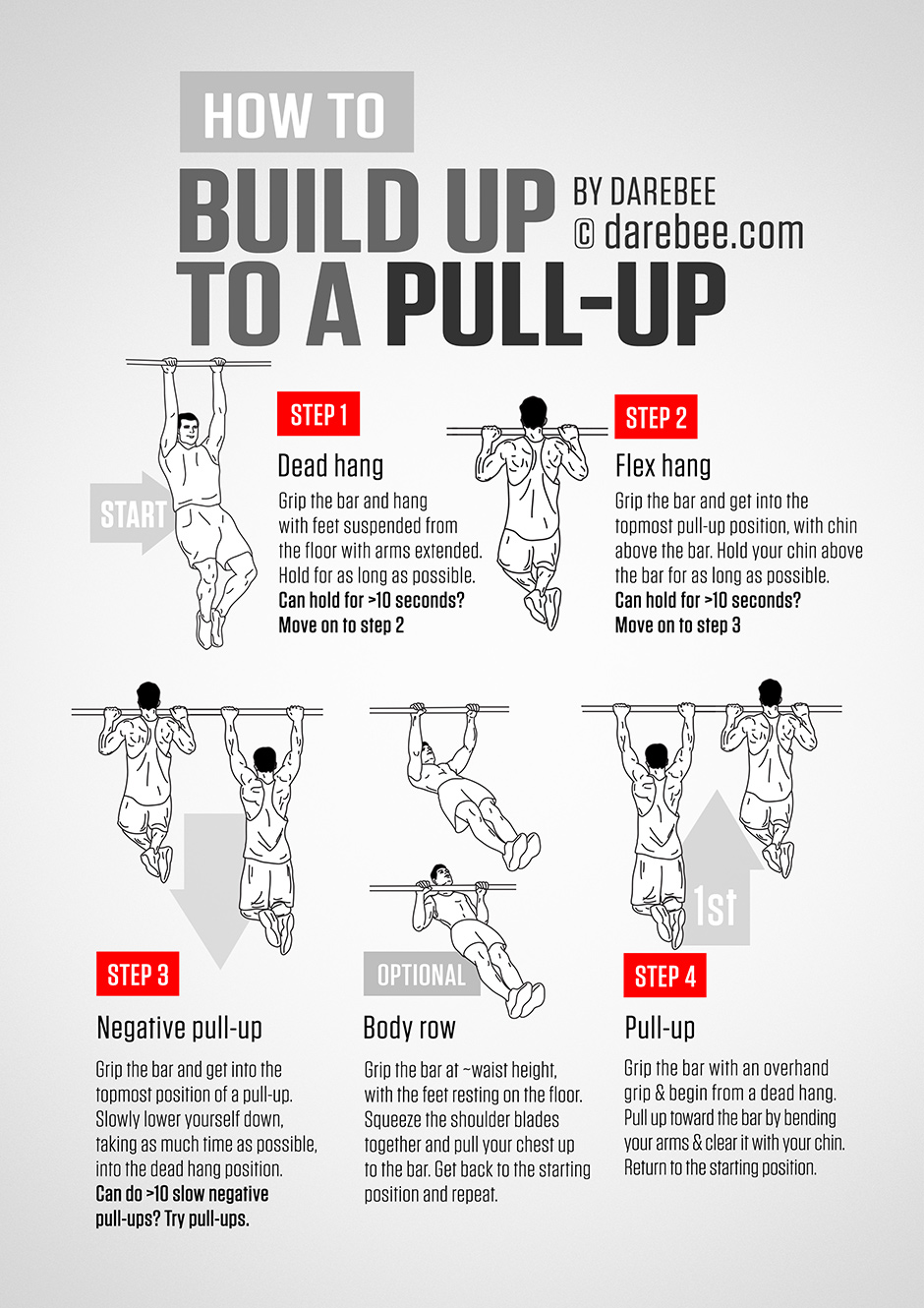
In order to get the most out of pull-ups they should be performed correctly - you want to have complete control over your body so clear the bar every time you pull yourself up and lower yourself down all the way to count it as one rep.
You also need to start working your back from day one. When you start doing pull-ups your arms are weak and your body weight drags you down, so you end up hanging with your neck buried deep in a ‘well’ between your shoulders as you hang by your arms.To bring your back muscles into play, as you begin your pull-up it’s important to bring your neck out of that ‘well’ by slightly shrugging your shoulders and arching your back.
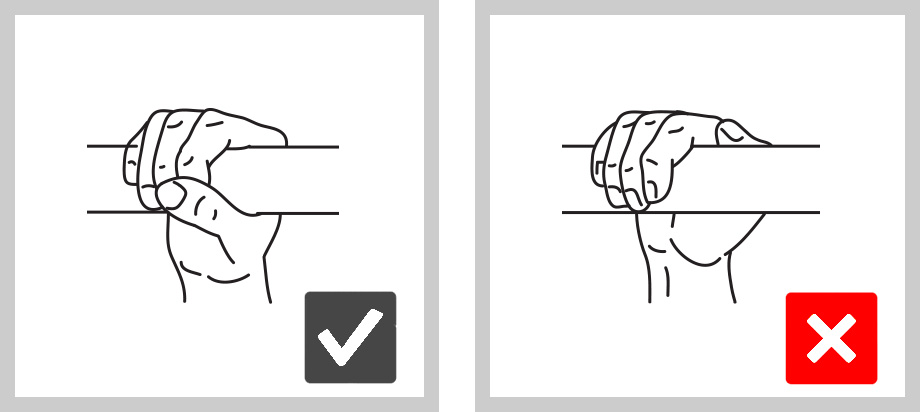
There are many different types of pull-ups you can do. You can do close grip ones with your hands held at about shoulder length or you can take a wider grip. The wider the grip the more you will work your back. If you want to have a V-shaped back you should take a wider grip every time.
The way you grip the bar will also affect what muscles you are working. The overhand grip with your palms facing away from you is a pull-up but an underhand grip with palms facing you is actually a chin-up. The main difference between the two is how much they work your back, pull-ups work your back a lot more when chin-ups put more emphasis on your biceps and abs. There is no “better” here, the two are simply two different exercises that use a slightly different pathway to bring different muscle groups into play, when you lift your body weight. If you want to have a bigger back you should be doing wide grip pull-ups and if you want to work your biceps more and you don’t care about your back you can stick to chin-ups or close grip pull-ups.
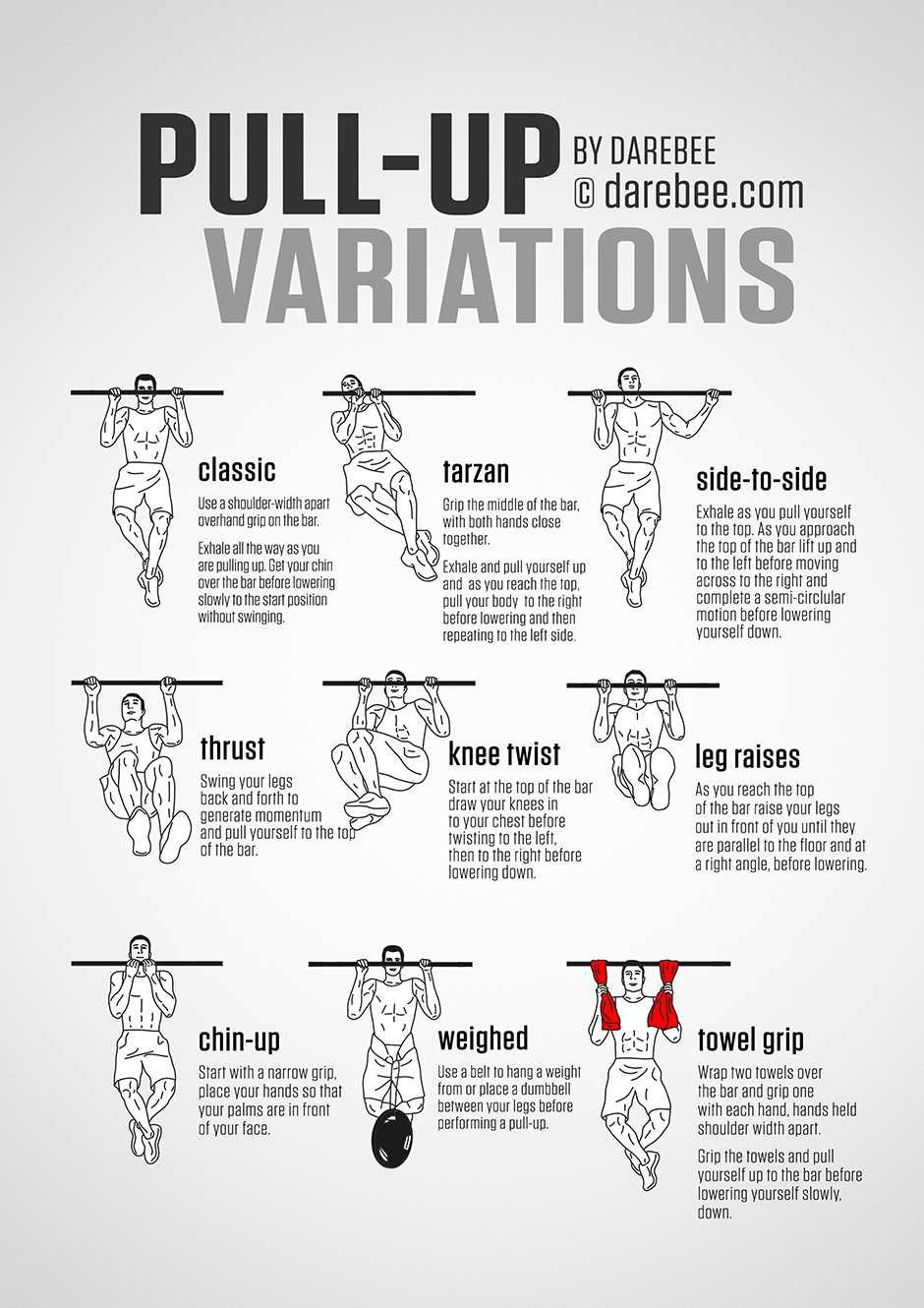
How to strengthen your muscles for pull-ups with weights
If you have free weights at home there are some exercises you can do to help your muscles begin to adjust to carrying a heavier load. It doesn’t matter if your weights are not super-heavy. As with everything that revolves around exercise, doing something is always preferable to doing nothing.
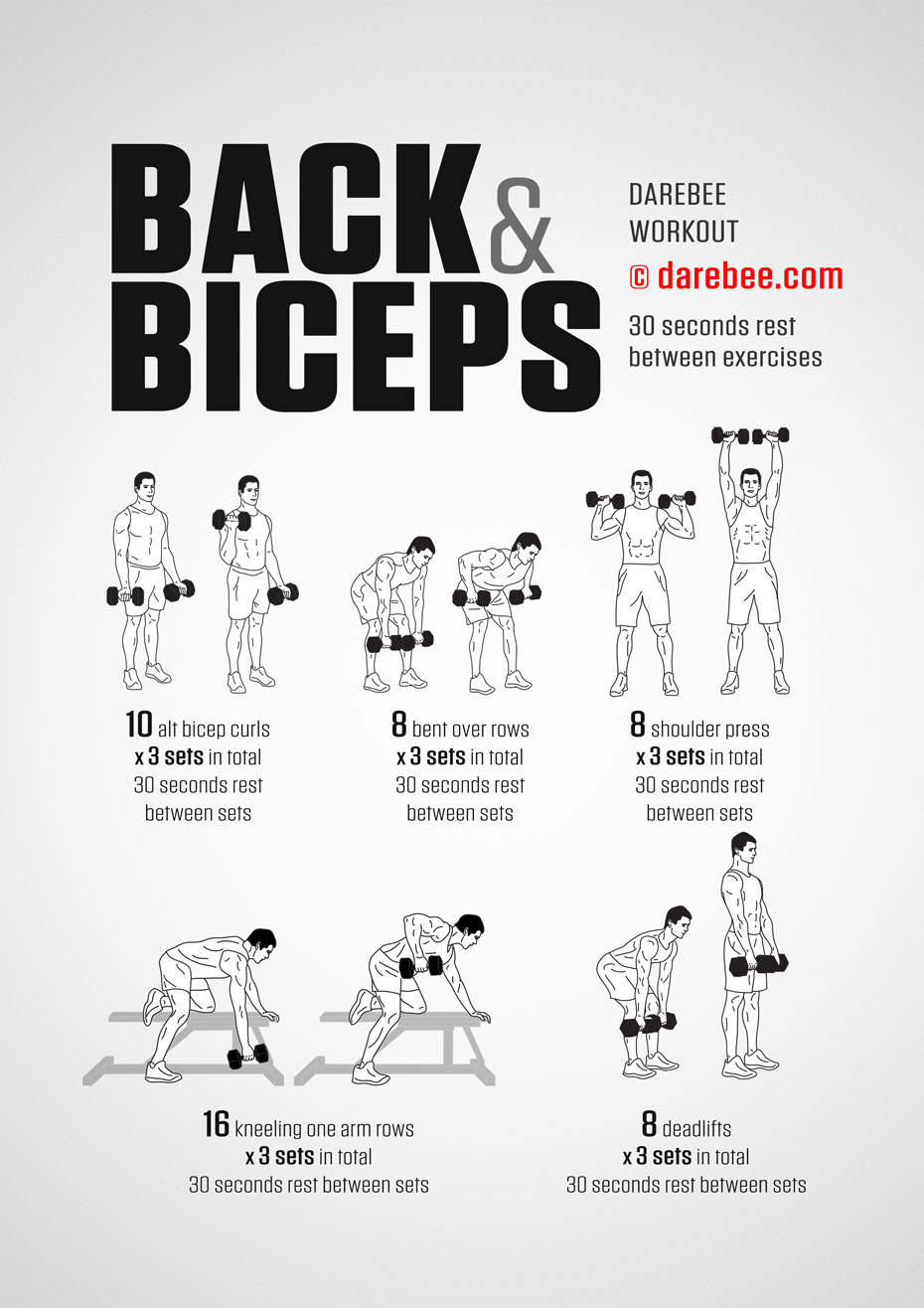
“No pull-up bar” Alternatives
